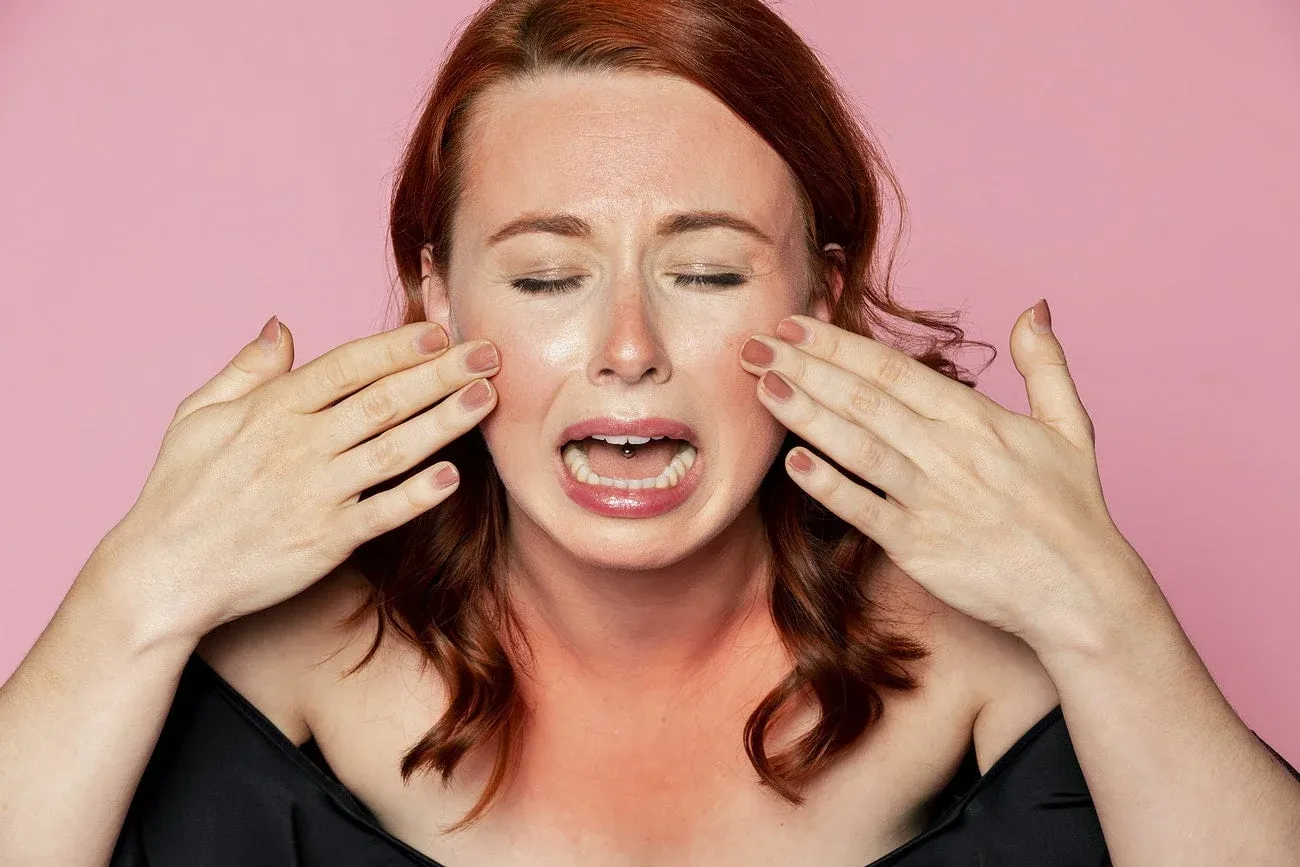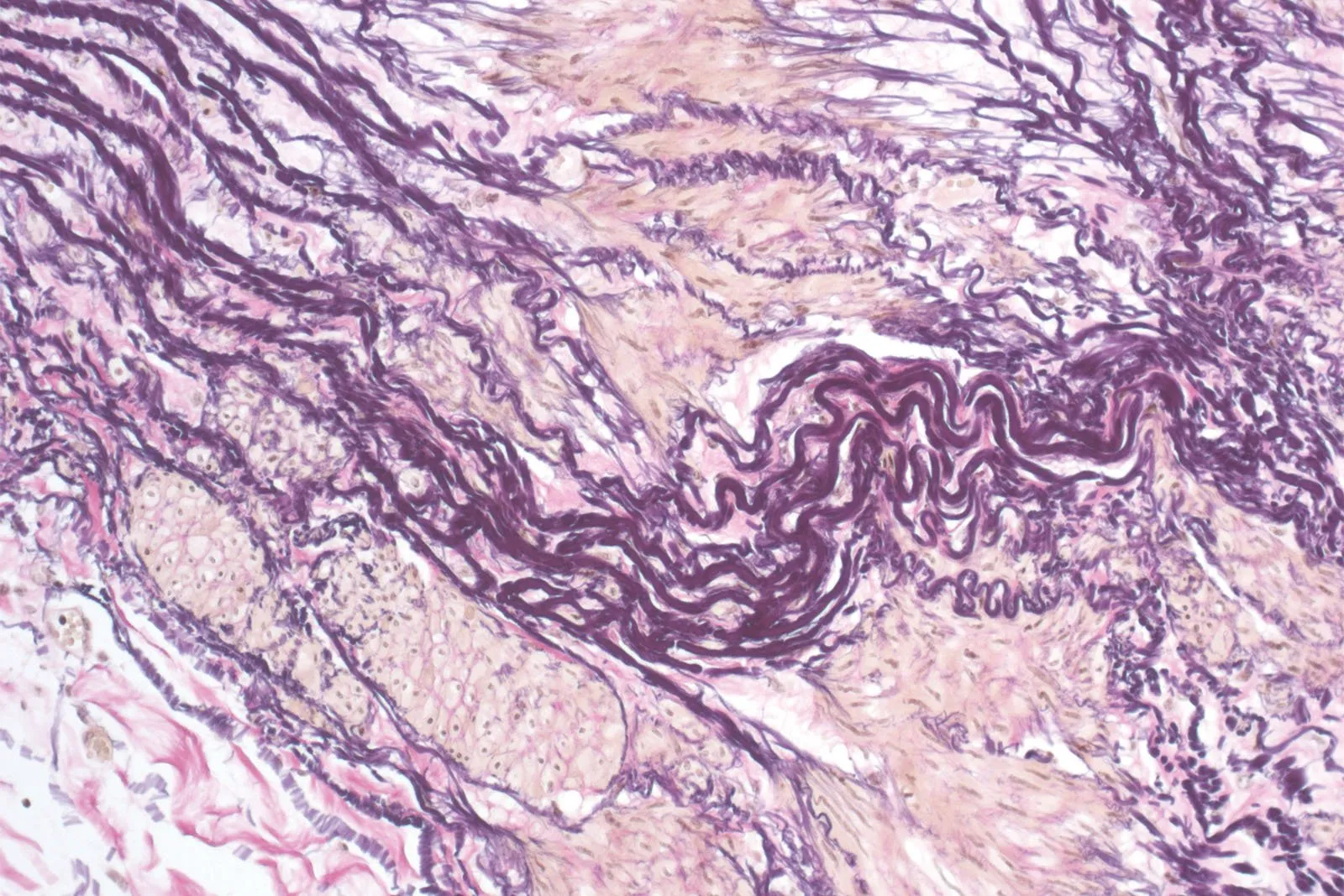Chemical peels have been around since 1874 when a dermatologist in Vienna by the name of Ferdinand von Hebra started using the technique to treat pigmentation issues on the skin. They gained momentum in the 1960s and are now widely used for various skin conditions. But you didn’t come here for a history lesson. Let’s dive in and get to the bottom of this effective skin treatment.
What is a chemical peel?

A chemical peel is a non-invasive procedure where a trained clinician will apply a chemical solution to the top layer of your skin to force it to peel off and grow back smoother. They are typically done on the face to help with a variety of conditions, including:
- Smooth skin and balance texture
- Erase fine lines and wrinkles
- Minimize Pores
- Improve acne
- Fade discoloration and scars
- Sun spots, age spots
- Melasma
Are you the ideal candidate for a chemical peel?
Chemical peels will work on all skin types and ages, but you should ask your provider about which type of peel is best for your skin type and goals.
The ideal candidate will be someone looking for a quick and easy fix to a cosmetic concern such as acne in teens and reducing the signs of aging in those who have leveled up in life.
There are times when a chemical peel is not the best solution to your concern. For example, patients with abnormal skin scarring, sensitive skin (or taking medications that make their skin sensitive), or spending a lot of time in the sun may want to consider an alternative treatment for their concern.
Types
Peels come in different depths and strengths, from light to deep. Depending on what you are trying to accomplish will depend on which peel you will choose. The three main types are:

Superficial peels (sometimes called “lunchtime peels”).
Uses Alpha-hydroxy acid, mandalic acid, or another mild acidic agent to penetrate the outer layer of skin and gently exfoliate.
Medium peels
Uses Glycolic or lactic acid (sometimes both), penetrating the outer and middle layers of the skin.
Deep peels
Uses trichloroacetic acid or phenol to penetrate all layers of the skin deeply.
What to expect
Ok, so you’ve decided that a chemical peel is for you; now, what should you expect from your appointment and treatment? Well, that depends on the type of chemical peel you get.
If you get a superficial peel, you can expect to have a mild sunburn look for seven to ten days after. Only some people peel; it may take three to five peels to achieve the look you want. You can also use this as a maintenance peel in between other treatments.
Medium peels will get you some redness, swelling, and stinging and have a downtime of about two weeks. Medium peels are where you will see peeling, flaking, or both. Blisters are also possible in some patients. This type of peel is done on average every six to twelve months.
Finally, Deep peels can cause redness, swelling, flaking, and peeling. Blisters are more coming with this treatment. Deep peels are a one-and-done kind of deal, with no follow-up appointments needed to achieve the end goal. The major downside is that you will have to avoid direct sunlight for several months after your treatment.
No matter what peel you go with, there are some dos and don’t of aftercare. Glowday.com has a great article on the best things to do and what to avoid after your treatment.
What does Skincredible offer?

Skincredible offers a wide range of chemical peels for our clients, including:
- Perfect 10 Peel
- Retinol Peel
- Mandelic Peel
- Salicylic Peel
- Glycolic-Lactic Peel
Our trained clinicians are happy to discuss what one of our chemical peels can do for you and get you on the right path to achieving your skincare goals.
So what are you waiting for? Make an appointment with one of our trained clinicians to discuss how a chemical peel can help you achieve your





